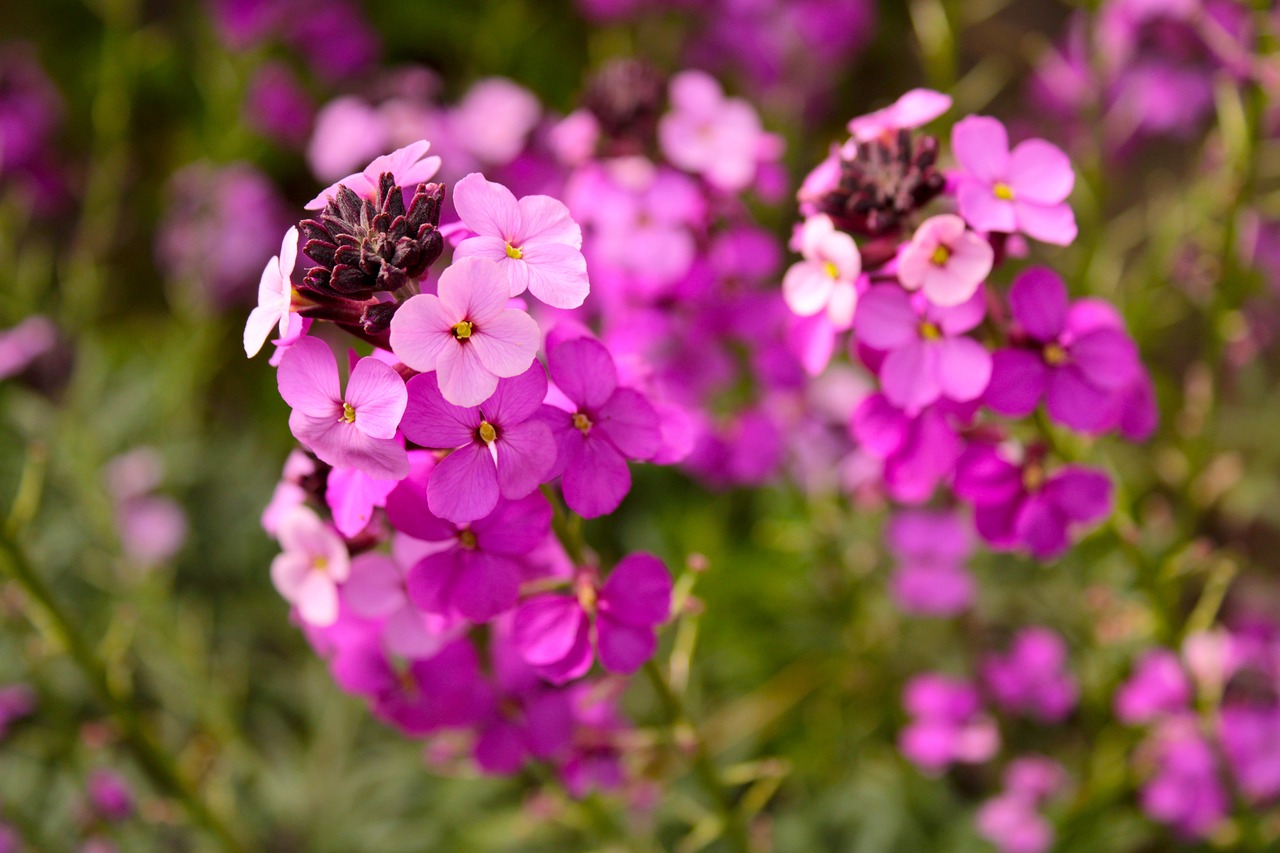Lunaria: Features and Care

Lunaria, with its unique appearance and beautiful colors, is a beloved flower worldwide. Its distinctive seed pods, resembling silver coins, are particularly striking in autumn and winter, earning it nicknames like “Money Plant” and “White Moon.”
This article will explore Lunaria’s basic information, cultural significance, historical background, and tips for growing it.
Basic Information
- Scientific name: Lunaria annua
- Family: Brassicaceae
- Origin: Southern Europe
- Appearance: Lunaria produces small purple or white flowers in spring and early summer. After flowering, its thin, circular seed pods develop, drying into translucent, silvery discs that are highly valued for decoration.
- Blooming season: Spring to early summer (April–June)
Cultural Significance Around the World

Lunaria is widely regarded as a symbol of “wealth” and “prosperity,” especially in Europe, where its coin-like seed pods are thought to bring good fortune. Its name derives from the Latin word for “moon” (Luna), reflecting the luminous appearance of its seed pods.
In England and France, Lunaria is often called the “Silver Dollar Plant” and is displayed in homes as a symbol of safety and financial luck. Additionally, it is known as “Honesty” in America, symbolizing sincerity and purity.
During the Middle Ages, Lunaria was cultivated in monastery gardens and used as an ornamental plant throughout Europe. Its striking features also made it a frequent subject in art and literature of the time.
Historical Episodes
Lunaria spread across Europe in the 16th century and quickly became a favorite among gardening enthusiasts. During the Victorian era in England, its unique seed pods became highly sought after as dried flowers, adorning homes and serving as thoughtful gifts.
In revolutionary France, Lunaria’s silvery seed pods were associated with “peace” and “hope,” becoming a comforting symbol during turbulent times. Over the centuries, Lunaria has held various meanings, reflecting the values and aspirations of the people who cherished it.
Gardening Advice

Lunaria is relatively easy to grow and thrives in both gardens and pots. It prefers sunny to partially shaded areas and grows best in well-drained, nutrient-rich soil. Sowing seeds in early summer is ideal, as the plant will flower in spring or early summer the following year.
During its growth, ensure the soil remains moist but not overly wet. Regular watering and occasional feeding with a slow-release fertilizer will promote healthy development. During the seed pod formation stage, providing adequate nutrients will help produce the beautiful, coin-like pods that Lunaria is known for.
To harvest the seed pods, cut the stems before they fully dry. Once dried, the seed pods can be used as long-lasting dried flowers, perfect for home decoration or gifting.
Conclusion
Lunaria is a fascinating plant with its distinctive beauty and rich cultural background. Whether used to enhance a garden or as decorative dried flowers, it offers a unique charm that is easy to appreciate.
With minimal care, Lunaria can be grown successfully by beginners and experienced gardeners alike. Try growing Lunaria to enjoy its beauty and symbolic value in your own home.




